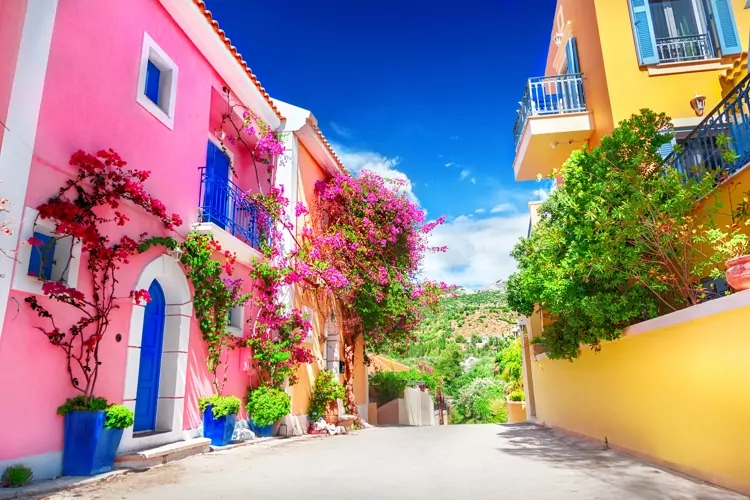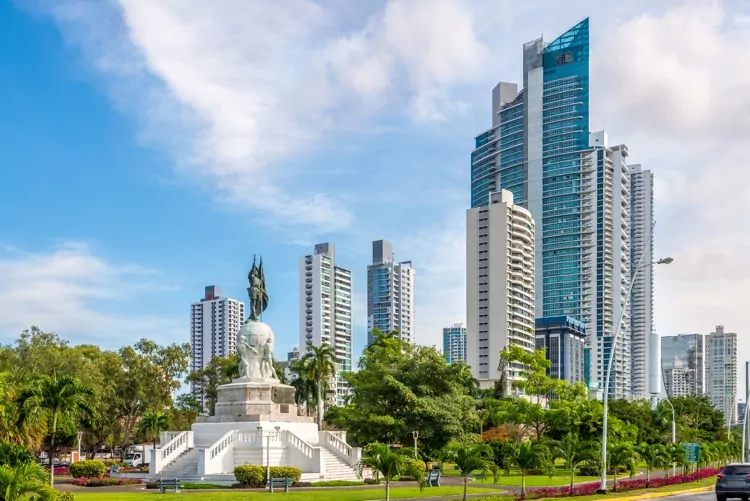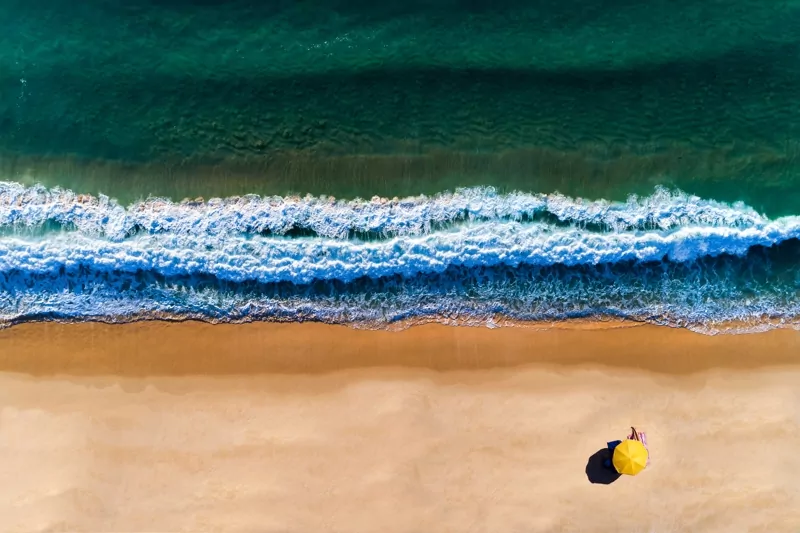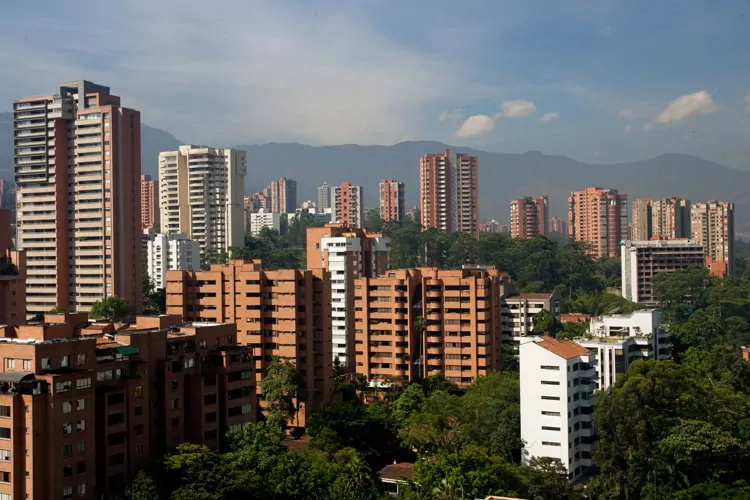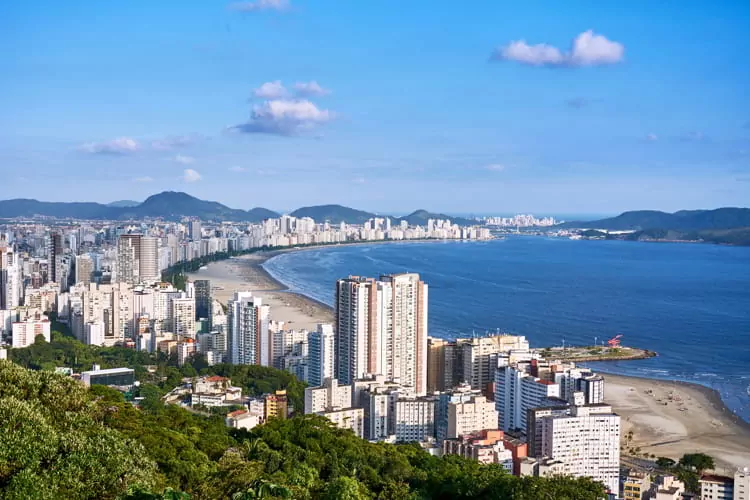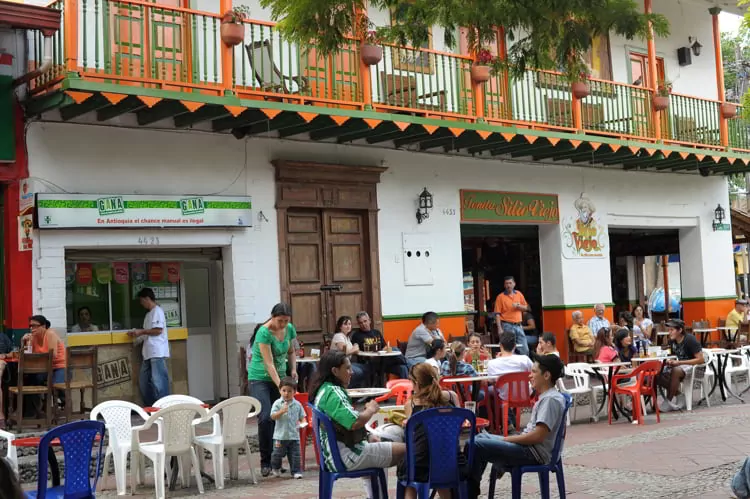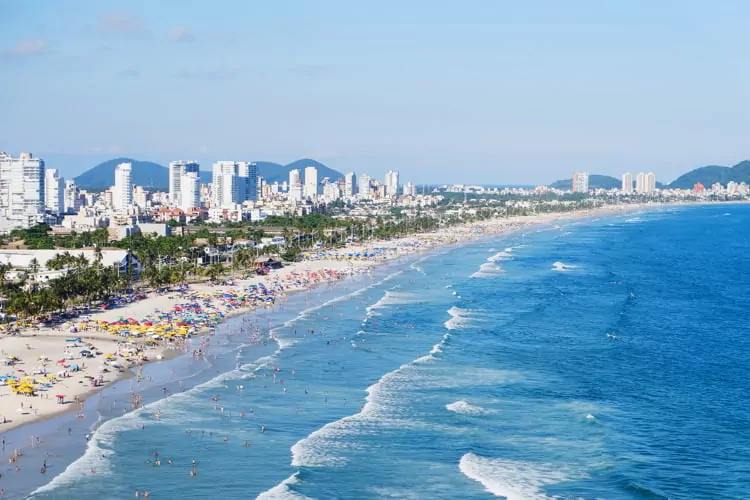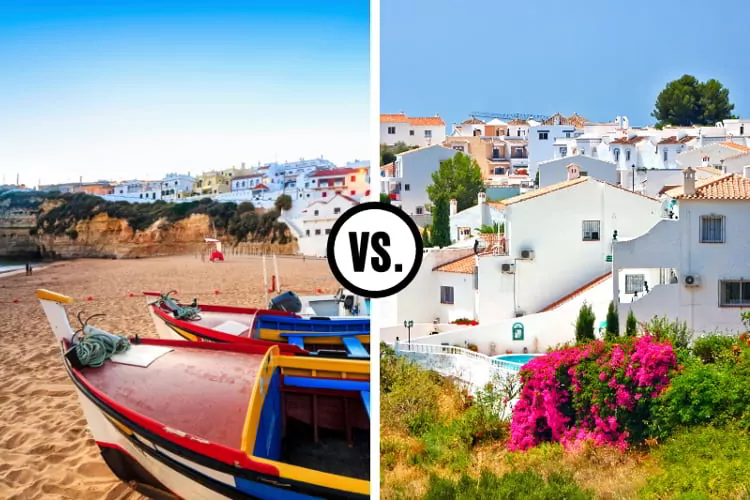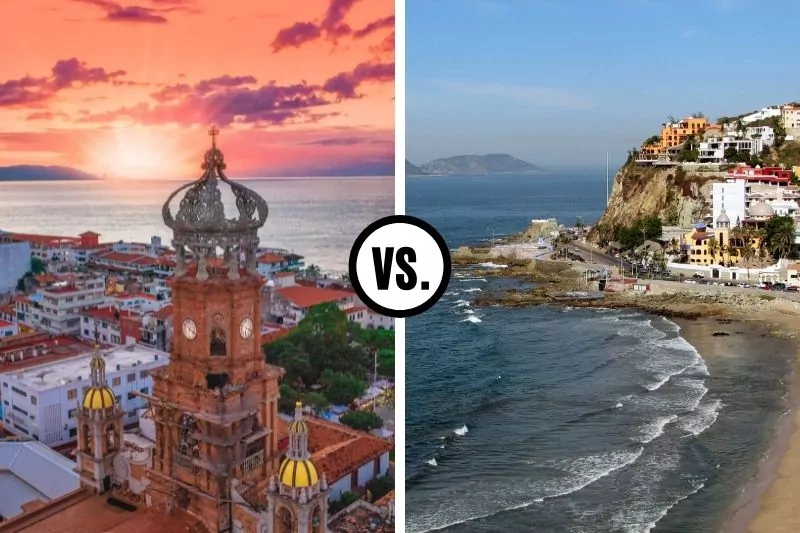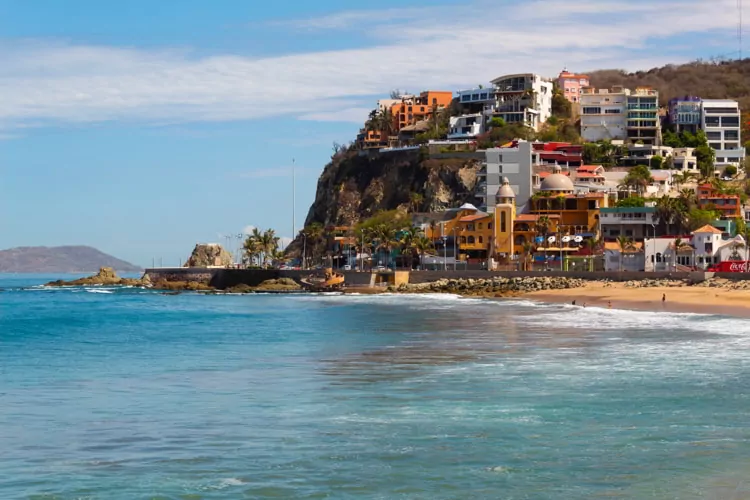Free Health Care And Other Fringe Benefits: Where A Property Purchase Comes With More
Cash flow and capital appreciation are two main reasons to buy property overseas. But depending on where you make your purchase, your new property could also make you eligible for unexpected fringe benefits. The main one to consider is legal residency in another country. If the country you’re buying in has a residence-by-investment (or golden […]
Free Health Care And Other Fringe Benefits: Where A Property Purchase Comes With More Read More »

